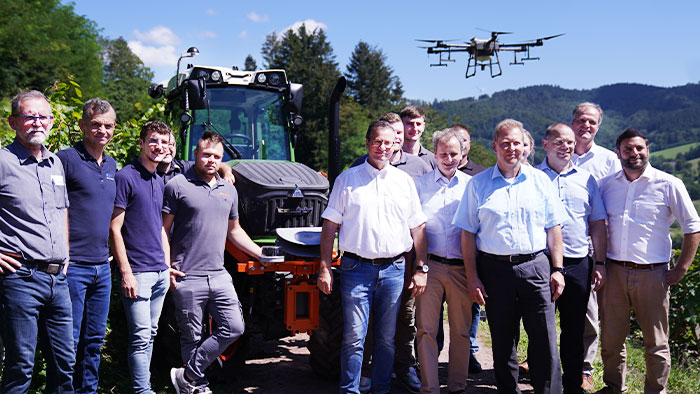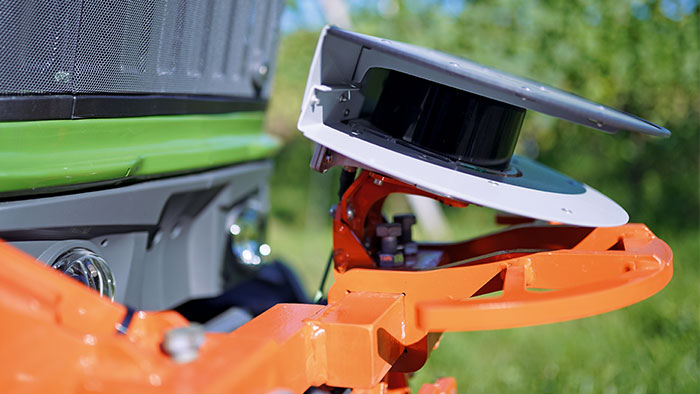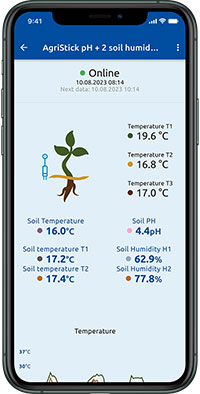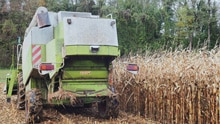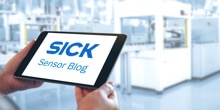The challenges for agriculture lie in the shortage of resources and arable land, climate change, labor shortages, the increasing need for safety, reducing monotonous and strenuous tasks, and the increasing world population. The use of technologies in agriculture may hold the key to more efficient food production. To guarantee food security, it is necessary to increase productivity while at the same time reduce the use of resources such as water, fertilizers and pesticides.
To double the land use, agrivoltaic systems are being employed in vineyards, on fruit and vegetable and crop plantations, and above pastures. These are used to produce renewably generated power. Plants can also be grown at the same time. Using suitable sensors, the weather and growth conditions are monitored in order to optimize plant growth and protect the plants.

